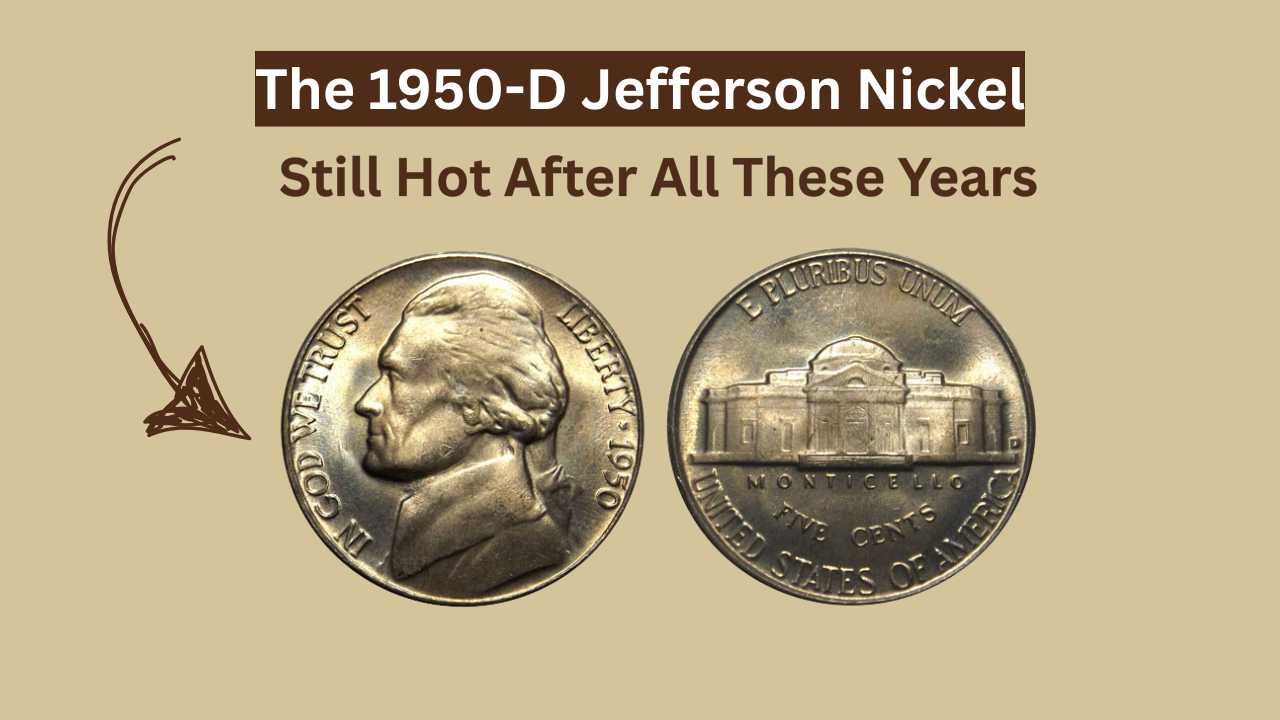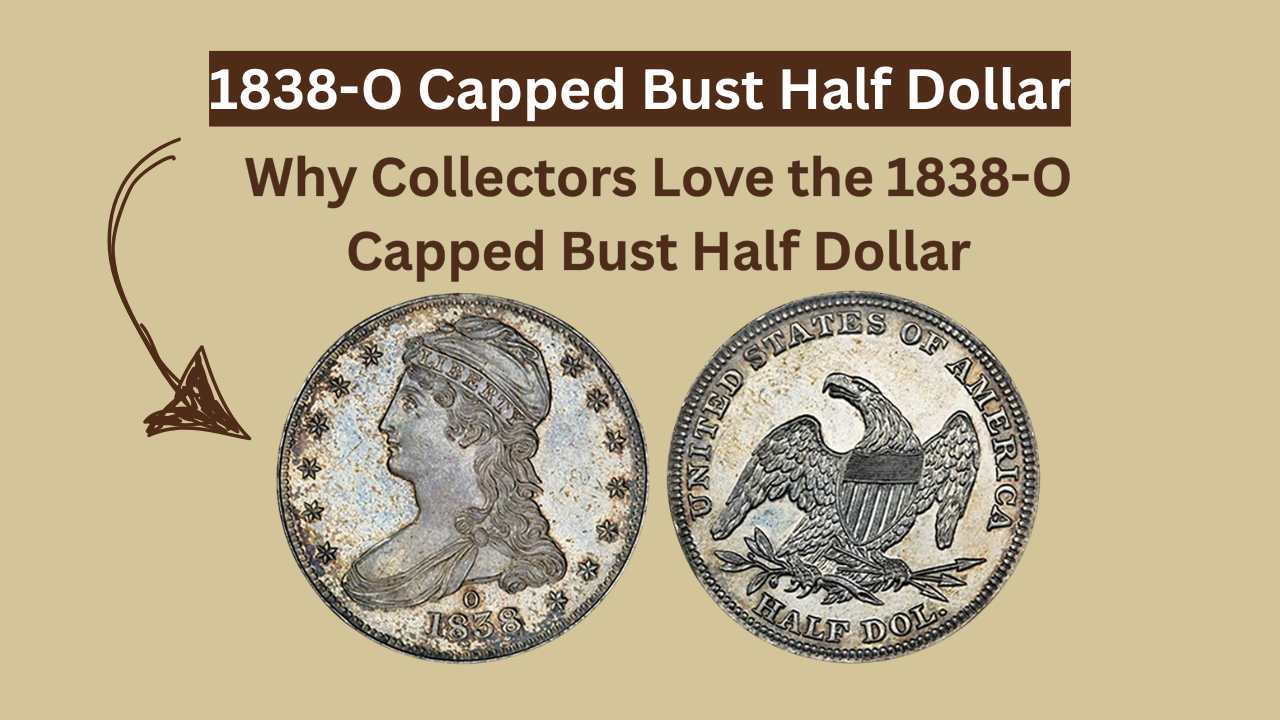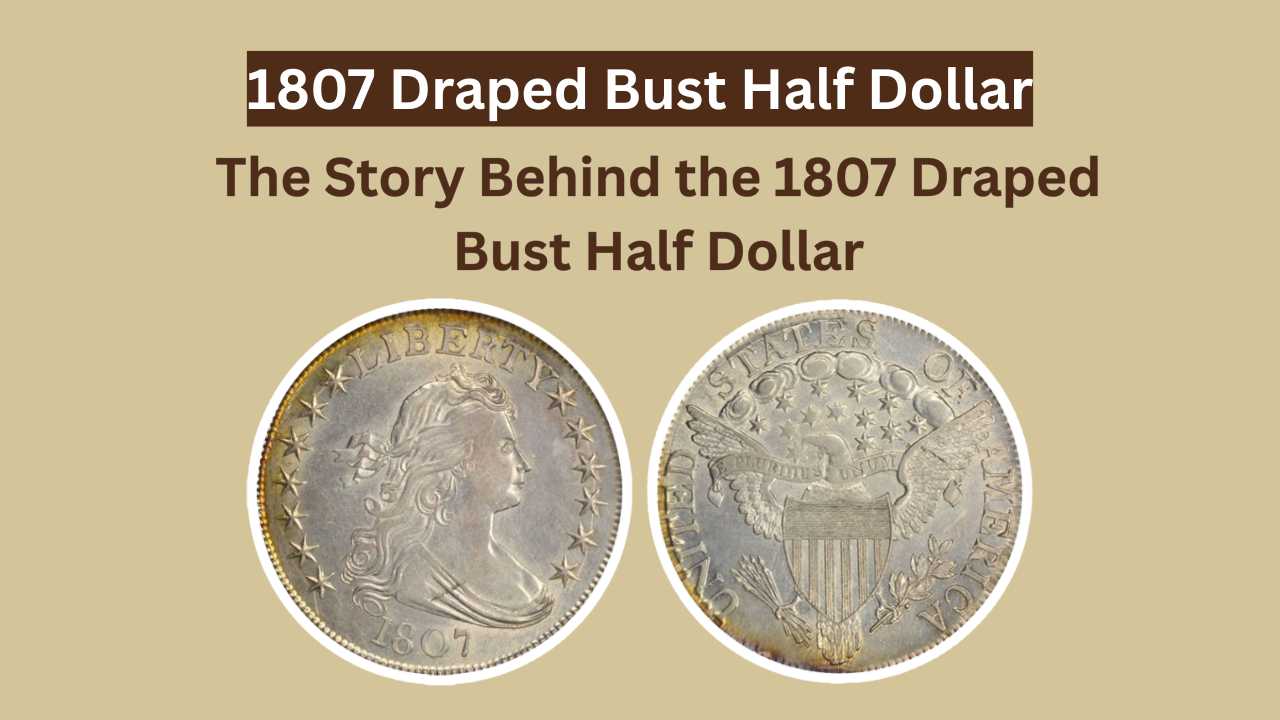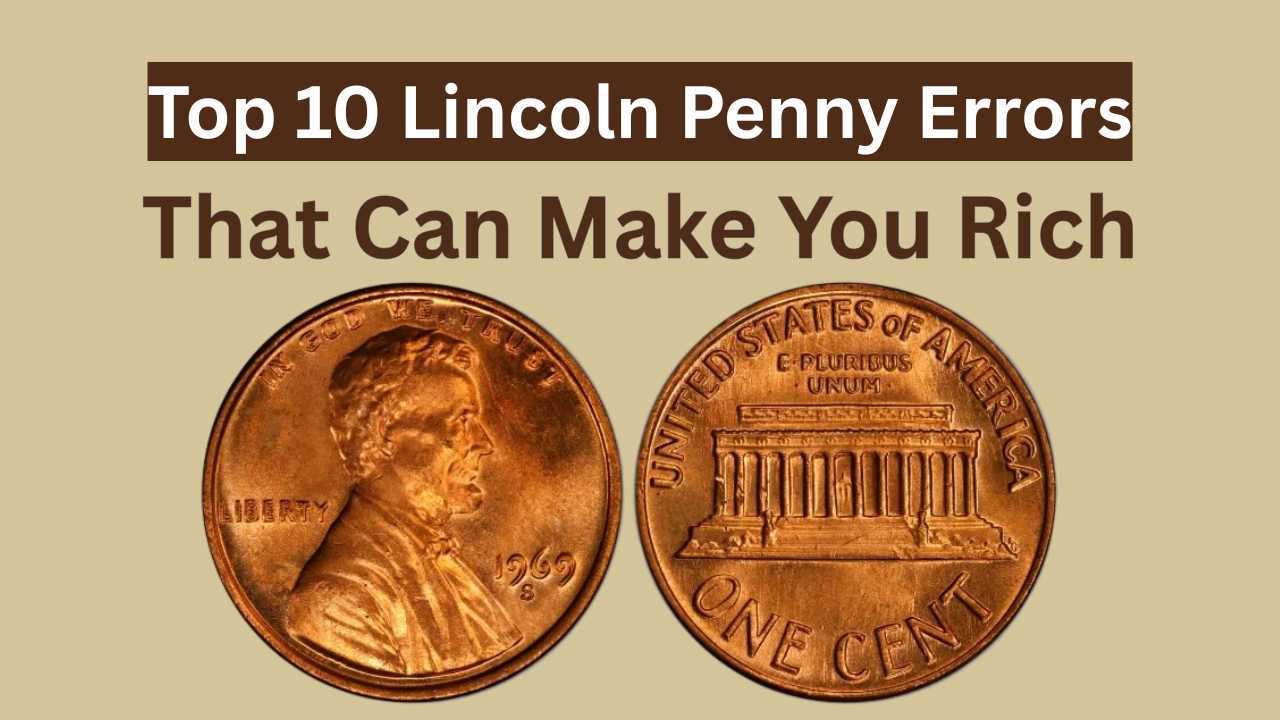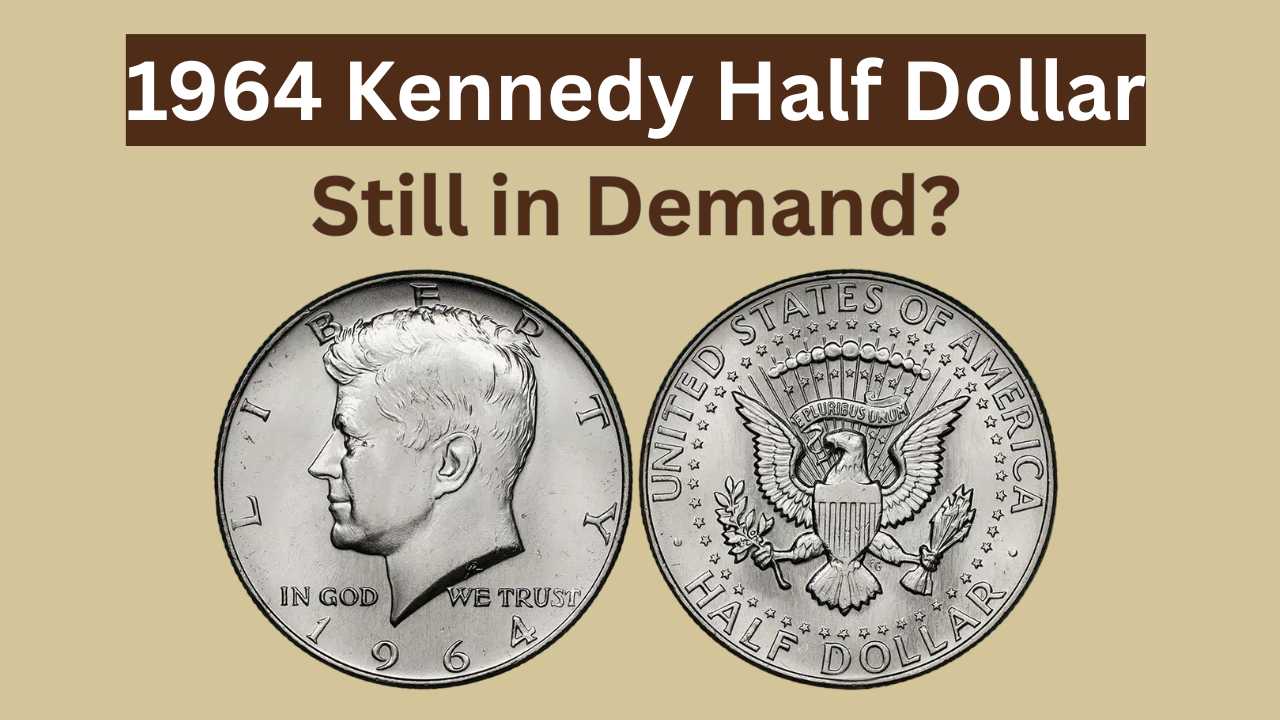
In the vast and complex world of American coin collecting, few nickels stir up as much intrigue and debate as the 1950-D Jefferson Nickel. This isn’t just a simple five-cent piece from the postwar era — it’s a coin wrapped in controversy, speculation, and market manipulation. And yet, for all its mystery, the 1950-D Nickel has remained one of the most popular and widely discussed collector coins of the 20th century. Why? Because it breaks all the rules. It’s not rare in the way older coins are rare. It’s not ancient, nor is it made of silver or gold. But what it does have is a backstory that shakes up the entire idea of what makes a coin valuable. It’s a modern enigma minted in Denver that continues to spark obsession — not because of what it is, but because of what it represents.
A Coin Born in a Year of Change
The year 1950 was a strange time for American coin production. The country was only five years removed from World War II, and the economy was shifting gears from wartime rationing to postwar prosperity. Consumer spending was up, industry was booming, and coins were flowing—except in one particular corner of the Mint. The Denver Mint produced a staggeringly low number of Jefferson Nickels that year: only 2,630,030 pieces. To the average person, that might not sound like a small number—but in the world of modern U.S. coinage, it was shockingly low. And that, right there, was the seed of the 1950-D mystery. Why did Denver produce so few nickels that year? No one has a definitive answer. Some blame a coin shortage in other denominations. Others speculate poor demand in the West. But one thing is clear: this anomaly didn’t go unnoticed for long.
A Collector Craze Fueled by Dealers and Speculators
Almost as soon as the low mintage numbers were published, collectors and — more importantly — dealers took notice. Coin publications at the time began hyping up the 1950-D as a “modern rarity,” and soon, a wave of speculative hoarding swept through the numismatic community. This wasn’t just collecting for fun—it was investing with dollar signs in the eyes. Coin shops across America began urging customers to stockpile rolls of 1950-D nickels, often charging inflated premiums for the so-called “scarcity.” It was one of the earliest examples of modern coin speculation—manufactured rarity not based on age, metal content, or design, but simply on perception and hype. For many collectors, especially those just entering the hobby, the 1950-D became a must-have. It was the coin you had to grab before it disappeared forever—or so people were told.
Quick Stats: The 1950-D Jefferson Nickel
| Attribute | Details |
|---|---|
| Mint | Denver (D) |
| Year | 1950 |
| Total Mintage | 2,630,030 |
| Composition | 75% Copper, 25% Nickel |
| Diameter | 21.2 mm |
| Weight | 5.0 grams |
| Designer | Felix Schlag |
| Estimated Value (MS-65) | $15–$40 (2025 market) |
| Full Steps Variety | Up to $500+ depending on grade |
Manufactured Rarity vs True Scarcity: The Great Debate
What truly sets the 1950-D Jefferson Nickel apart is the ongoing debate it sparked in the numismatic world. Is it truly a rare coin—or simply perceived as one? Compared to coins from the early 1900s or 1800s, the mintage figure of over 2.6 million is hardly rare. In fact, most coins considered genuinely scarce in the Jefferson series were minted in the hundreds of thousands or less. But the 1950-D had a different trajectory. Because so many were saved in uncirculated rolls by speculators, very few of them ever saw actual circulation. So ironically, while millions were minted, a massive percentage of them were preserved in high-grade condition. That creates a strange paradox: the coin is uncommon in pocket change but common in Mint State. For years, new collectors believed they’d struck gold when they came across a 1950-D, only to learn its market value had been artificially sustained by decades of hype.
Full Steps: Where the Real Value Lies
However, there’s a twist in this tale. Among the hoarded rolls of 1950-D Jefferson Nickels, most were struck with average quality—meaning the fine details on Monticello’s steps (on the coin’s reverse) were often weak or missing. Enter the Full Steps variety. For collectors chasing pristine detail, Full Steps Jefferson Nickels are like diamonds in the rough. These nickels feature all 5 or 6 visible steps on Monticello, struck crisply and with precision. The 1950-D is notoriously difficult to find in true Full Steps condition. That’s where the real rarity kicks in. A 1950-D in average uncirculated condition might fetch $20. But a certified Full Steps example in MS-65 or MS-66? That can climb well above $500 or more, depending on the strike and eye appeal. For serious collectors, this is where the treasure hunt begins—not in the mintage number, but in the microscopic details.
A Coin that Divided the Hobby: Market Manipulation or Smart Investing?
No discussion of the 1950-D would be complete without acknowledging the darker side of its legacy. Many old-school collectors view it as the “poster child” of speculative manipulation. They argue that its value was never organic, that it was driven entirely by hype and orchestrated hoarding. And to an extent, they’re right. But others defend the coin, pointing out that all markets are subject to speculation, and that the 1950-D serves as an early example of how supply-and-demand psychology can shape even modern numismatics. Its price might have started with artificial heat, but its staying power—75 years later—proves that the story behind the coin is just as valuable as the metal itself. Whether you view it as a collector trap or a brilliant opportunity depends on how you define value: by numbers, or by narrative.
Modern Market Outlook: Still Hot After All These Years
Despite all the drama, the 1950-D Jefferson Nickel continues to enjoy a healthy market presence. It may no longer command the frenzy it once did in the 1960s or 1980s, but it still holds an iconic spot in U.S. coin collections. New collectors often seek it out as one of the “Big Three” key dates in the Jefferson series (alongside the 1939-D and 1942-D over Horizontal D varieties). Graded examples continue to sell well on auction platforms like eBay and Heritage, especially those certified by PCGS or NGC with Full Steps designation. And for those who collect with their heart rather than a spreadsheet, the 1950-D offers something intangible—a connection to a strange chapter in coin history when hype, hope, and headlines collided to create a legend.
Final Thoughts: A Nickel That Tells a Bigger Story
The 1950-D Jefferson Nickel isn’t rare in the traditional sense—but its story is. It’s a coin that represents a moment when American numismatics changed. When collecting collided with capitalism. When dealers became market-makers, and when a humble five-cent piece was elevated to mythical status through publicity and passion. It remains a must-have for any serious Jefferson Nickel enthusiast not because of what it’s worth—but because of what it means. It’s a modern coin with an ancient vibe—a piece that invites us to question what makes something truly valuable: is it the metal, the mintage, or the mystery? In the case of the 1950-D, it’s all three.


